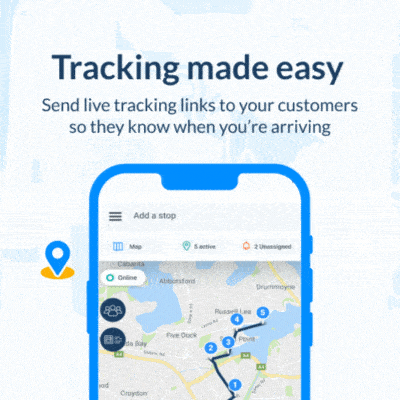Shein and Temu have emerged as formidable forces in the online shopping space, challenging marketplaces with their low prices and aggressive marketing strategies. They are even booking prime advertisement space at the Super Bowl in the US.
Their dominance now extends to Australia, too, with retail businesses wondering how they will cope with this new competitive pressure.
Temu and Shein rise to fame
Shein was founded in 2008 but expanded significantly into the US market in 2017. Meanwhile, Temu’s popularity surged since its launch in September 2022. That same year, Shein was crowned the most downloaded fashion app globally, with nearly 52 million consumers hailing from Brazil alone.
Temu was also voted the most downloaded iPhone app in 2023, with users spending 18 minutes daily on the app – eight minutes more than Amazon and seven minutes more than Alibaba.
Recently, Germany’s retail association, Handelsverband Deutschland (HDE), called on politicians to regulate and strengthen custom processes, claiming that “cheap marketplaces” like Temu do not “adhere to the same rules” as local retailers.
The HDE said politicians must stop the “mass quantities of goods” coming into Germany that “violate all regulations” and ensure “this open barn door for non-marketable products from the Far East is closed as quickly and as widely as possible.”
Impact on Australian retailers
According to ABC News, Shein and Temu are set to record more than $2 billion in sales in Australia during 2024. In addition, more than 2 million shoppers in Australia use these online retailers each month.
Roy Morgan’s chief executive, Michele Levine, told the publication that “the number of people [who] are shopping on these platforms is quite extraordinary.” Levine initially thought the amount of people using it “was too small to pick up.”
“How wrong I was, and I think many of the retailers in the country are shocked at their size.”
ABC News reports that Temu and Shein rakes in a combined total of $2.3 billion in sales from Australian shoppers. The customer base includes Gen Z parents, large households, and retired Australians.
“We’re seeing people who are quite capable of and are shopping at David Jones, also shopping at Temu and Shein,” Levine says.
Affording prices and marketing mastery
Digital strategies deployed by Temu and Shein explain how they’ve captured the attention of Australian consumers. Both brands are classified as ‘fast fashion’ outlets, and they are going after Gen Z shoppers with the promise of low prices and large stock quantities.
Temu claims to be “teaming up” with sellers. The goal is to cut out the middleman and sell directly to consumers at wholesale prices. Shein follows a similar strategy and describes their tactic as an “on-demand model.”
According to business analyst Amr Elharony, both companies rely heavily on digital ad auctions, “rivaling even Walmart on platforms like Google Shopping.”
Elharony adds: “Shein and Temu’s success benefits Chinese suppliers and the Chinese economy, potentially bolstering their standing with the Chinese government. This success contrasts with the domestic crackdown on Chinese tech firms.”
How Australian retailers can adapt
The situation might sound dire, but there are ways for Australian retailers to ride it out.
- Enhance online presence: This includes updating websites regularly and making them more user-friendly and responsive.
- Leverage local strengths: Promote local products and incorporate sustainable and ethical practices that resonate with your shoppers.
- Personalized customer experience: Use data to tailor marketing campaigns and focus on customer personalization.
NOW READ: Data-driven e-commerce: Understanding your customers
About the author
Cheryl has contributed to various international publications, with a fervor for data and technology. She explores the intersection of emerging tech trends with logistics, focusing on how digital innovations are reshaping industries on a global scale. When she's not dissecting the latest developments in AI-driven innovation and digital solutions, Cheryl can be found gaming, kickboxing, or navigating the novel niches of consumer gadgetry.














